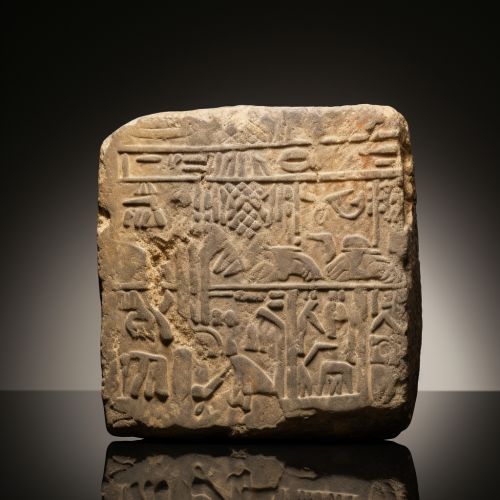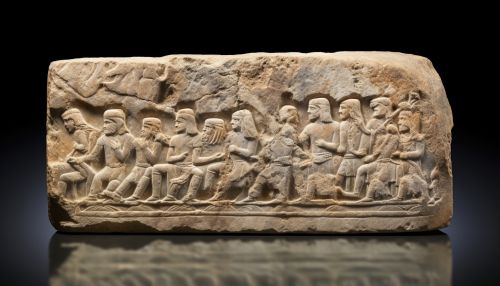Akkadian language
Introduction
The Akkadian language is an extinct Semitic language that was spoken in ancient Mesopotamia, predominantly by the Assyrians and Babylonians. It used the cuneiform writing system derived originally from ancient Sumerian, an unrelated language isolate. Akkadian is one of the earliest attested languages, with records dating back to the 29th Century BC.


History
The Akkadian language was in use from the 29th Century BC until the end of Mesopotamia's Neo-Babylonian period, around the 6th Century BC. The earliest known Akkadian inscriptions are the inscriptions of king Sargon and his descendants during the Akkadian Empire. The language was named after the city of Akkad, a major center of Mesopotamian civilization.
Classification and Early Development
Akkadian is classified within the Eastern branch of the Semitic languages and is further divided into the Assyrian and Babylonian dialects. The language evolved over time, with Old Akkadian used until the end of the 3rd millennium BC, followed by Old Babylonian and Old Assyrian, and finally, Neo-Babylonian and Neo-Assyrian until the language's extinction.
Phonology
Akkadian phonology is somewhat unusual among Semitic languages due to its use of the voiced velar fricative /ɣ/ (a sound not found in Arabic, Hebrew, or Aramaic). Akkadian also has a phonemic contrast between long and short vowels and uses both voiced and voiceless consonants.
Morphology
Akkadian morphology is based on root patterns like other Semitic languages. Verbs are formed by applying vowels and affixes to a root pattern of consonants. Nouns can be derived from verbs through a process called nominalization.
Syntax
Akkadian syntax shows a preference for subject–object–verb (SOV) word order, which is less common among the Semitic languages but found in the Northeastern Neo-Aramaic languages.
Writing System
Akkadian was written with the cuneiform script, which was borrowed from Sumerian. The script had over 600 signs, most of which were syllabic, though some were logograms.
Legacy
Despite its extinction, Akkadian had a significant impact on the subsequent languages of the Middle East. It influenced Aramaic, Hebrew, and Arabic, and many Akkadian words were borrowed into these languages.
